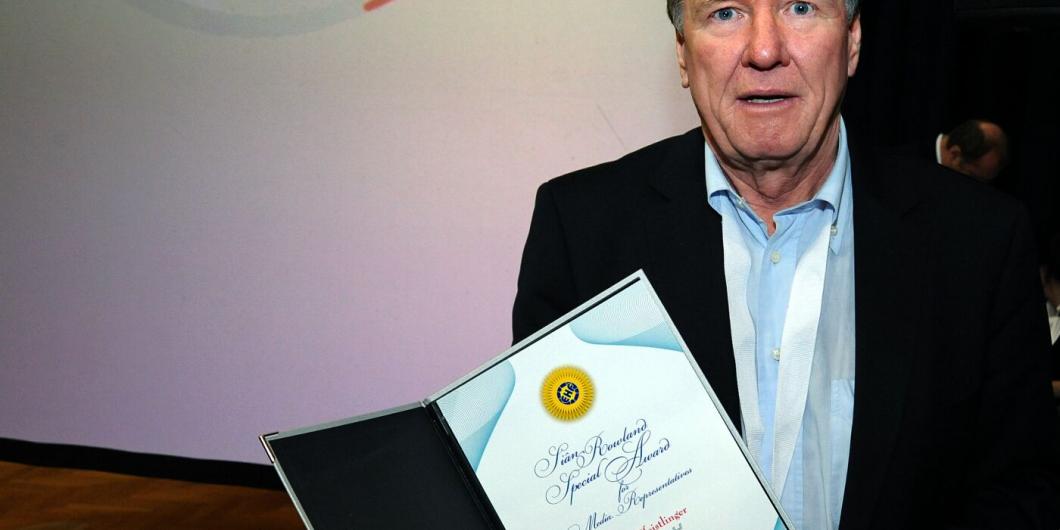For even longer than the 25 years that the European Handball Federation has been in existence, the 76 years old Austrian, Günter Pfeistlinger, has been covering handball.
He is a board member of the Austrian Sport Journalists’ Association, executive member of the European Sports Journalists’ Association UEPS and, since 1993, chairman of the AIPS Handball Commission. At the EHF EURO 2010 in Austria, he was the first to be awarded with the 'Siân Rowland Special Media Award', named after former EHF Media Manager, who died in 2008 at the age of only 33.
In his look back on the last 25 years, Pfeistlinger talks technology and the changes in the media's working conditions with EHF journalist, Björn Pazen:
“It is difficult to imagine now that there are only 21 or so years between the first European Championship in Portugal with 12 teams and the 2016 event in Poland with 16. In those early days a group of approximately 25 to 30 print journalists from all over Europe covered these major events.
Journalists shared their news and stories with their colleagues and you got to know each other in a really friendly way. Today, in the times of social media and deadline pressure, as well as the fact that 100s of media representatives now cover the EURO events, there is much less of a sense of camaraderie among colleagues.
As the deadlines of newspapers were much later than today, the working conditions for written press were easier, though the technical inventions have made the transmission of articles much quicker now. In the old days, when there were no huge media centres, journalists mainly worked from their hotel rooms, trying to get information from colleagues, who lived in the same hotels as the teams did. This meant that the media and players had a much closer relationship. A lot of improvisation characterised the media work - and in contrast to today, when you can find all information on the internet, information was collected very much by word of mouth.
Press conferences were held in a more or less a private environment with players and coaches, mostly while drinking coffee in the hotel lobby. A large number of journalists accompanied the teams for three or four weeks, mostly accommodated in the same hotels.
You could not watch the matches other than in your group on TV in the media centres, so you were eagerly waiting for the “Daily Bulletin”, printed by night to get all relevant information.
I remember the 1996 EHF EURO in Spain, when we rented a car for four journalists and drove two times 350 kilometres a day to cover the matches of another group, as there was no organised media shuttle in those early day.
The situation regarding accreditations was fully different compared to today. Organisers were extremely happy when any foreign journalists made their way to the event. Just by showing your national press card or AIPS card you could access the arenas. Local media officers were also delighted when you sent them your newspaper articles by post.
The European Handball Federation and handball in Europe owes a lot to those handball-crazy contracted or freelance journalists. Without these pioneers, who did not earn a fortune with their handball coverage, the interest in handball and the4se major events would not have developed as quickly as it has.”


